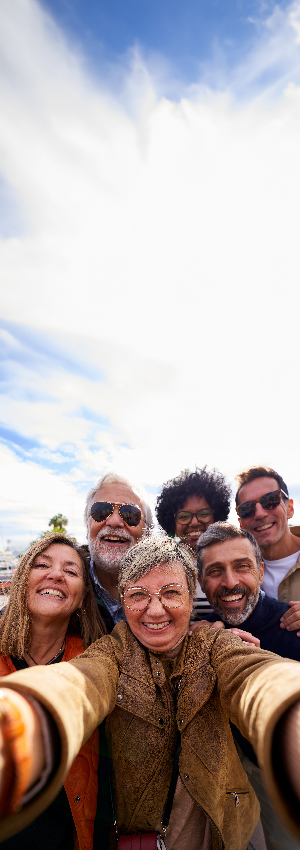Signs of a Compromise
If you log in to one of your social media accounts and notice posts, photos or direct messages that were not posted or sent by you, or you receive an alert that your account password has been changed without your knowledge, your account has most likely been compromised.
What to do next
Step 1 Change your password right away. |
Step 2 Notify your contacts that your account may have been compromised. This will prevent them from clicking on anything suspicious that appears to be coming from you that might contain malware or be a phishing attempt. |
Step 3 Flag messages sent from your account not posted by you as scams to the social media site, and delete them from your profile page. |
Step 4 Review whether your account includes personal information that could be used to steal your identity or guess your security questions on other accounts.
|
Step 5 Consider whether the password for the compromised account is being used on any of your other accounts.
|
Step 6
|
Step 7
|
